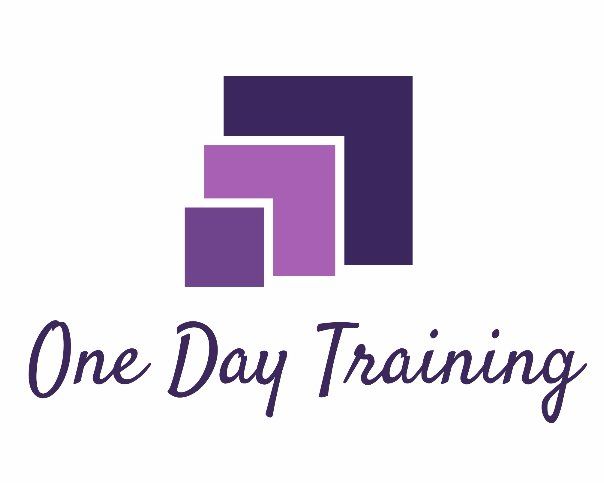How to decide what the gems are in a project – using MOSCOW to prioritise requirements

You start on a new project. You are presented with a long list of the requirements, wants and needs that the customer says are essential for the success of the project. You sigh, read through the list a few times. You look at the exit door longingly. You may start to wonder if this project was such a good idea.
There is a way forward. You decide to get together with the customer representative, project team members, the sponsor and others who have a major stake in the project.
You explain that the purpose of the meeting is to prioritise the requirements so that you know which is the most important and must be included. The way to do this is to provide a thinking framework. You decide MoSCoW is the way to go.
You start by explaining the meaning of MoSCoW:
M – must have this requirement – the project will fail if we don’t get this.
S – should have – this item is highly desirable or important, but it is not a must have.
C – could have – nice to have this item, and will only have a small impact on the product if it is left out.
W – won’t have right now, this item won’t be included in this iteration or work package but may be considered again later.
You have a whiteboard and put up the headings at the top. Then using sticky notes with the requirements listed, you work with the group to discuss and decide where each requirement fits. Be prepared for passionate (read: heated) discussion on some items.
Finally, you have a more manageable list of must haves and should haves that you can work into the list of product requirements.
As the project progresses, you decide to hold another MoSCoW prioritisation meeting to work on the requirements list again. This will help work out the must have and should haves for new requirements and any requirements on the could have and won’t have lists.
Very rarely the stakeholders will say that everything this a must have. You could test this by asking “Would you put the product into use without this?” You are checking for viability. For example, Would you sell a new build home without a roof? Would you sell a new build home without a garage? Would you sell a new build home without a dishwasher?
The answers will demonstrate, from the client’s point of view, what is a must, what is a should and what is a could have. It will depend on the budget and expectations of the end user.
Tips:
Before running a MoSCoW analysis, a few things need to happen. First, everyone needs to be aligned with the project objectives and overall benefits. Also it’s a great idea to discuss how the group will settle any disagreements in prioritisation.
If you can establish how to settle disputes before they come up, you can help prevent those disagreements from holding up progress.
Carol Speirs
August 2022
Further reading:
https://www.agilebusiness.org/page/ProjectFramework_10_MoSCoWPrioritisation
Ideas, views and other weird stuff. Search the blog:











